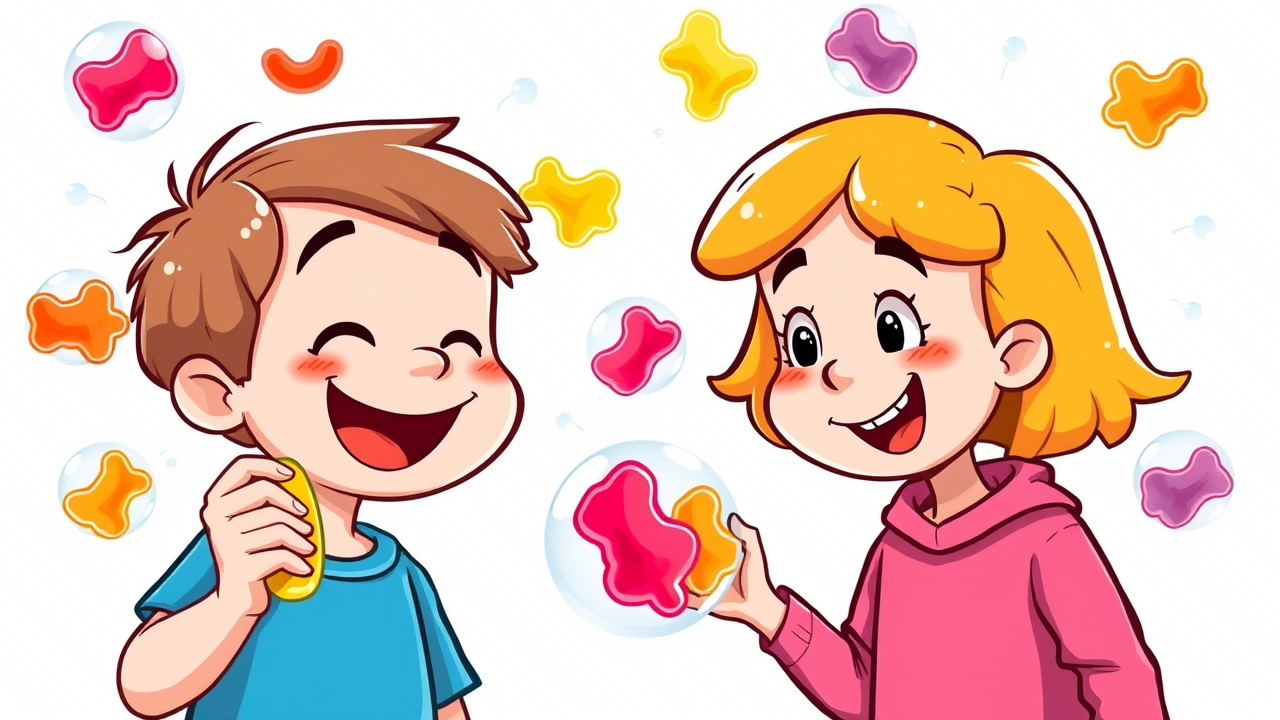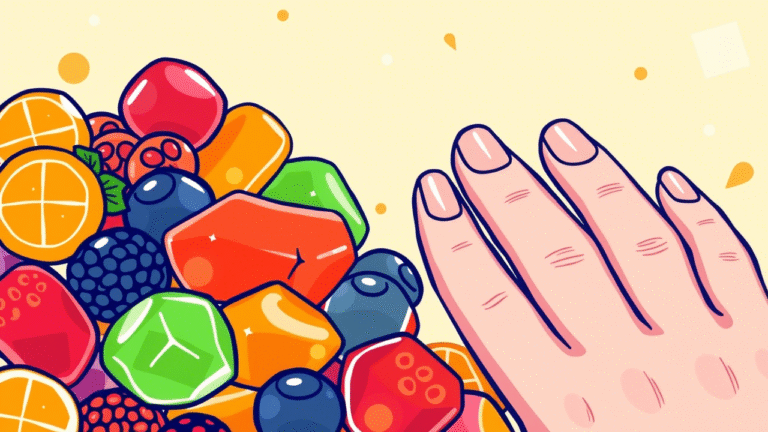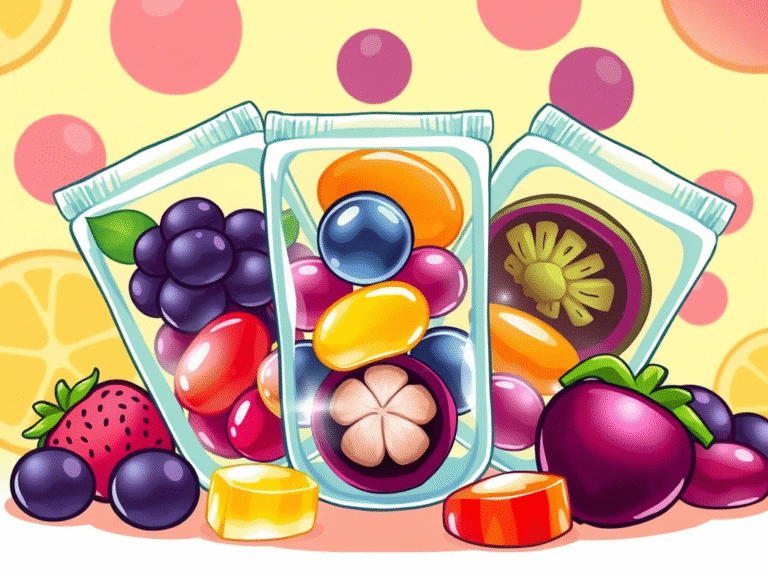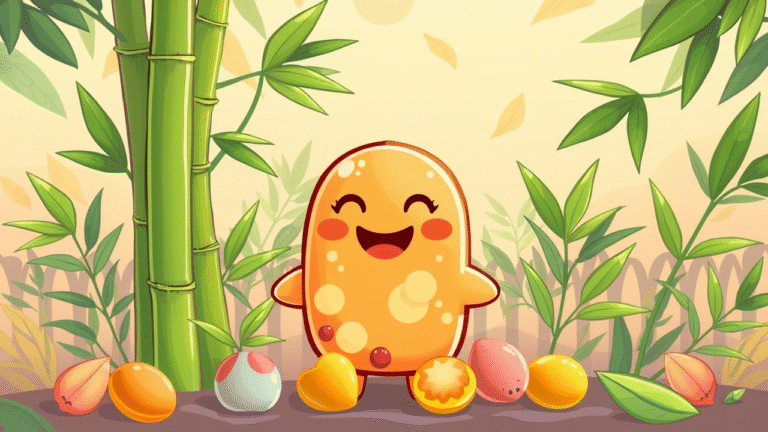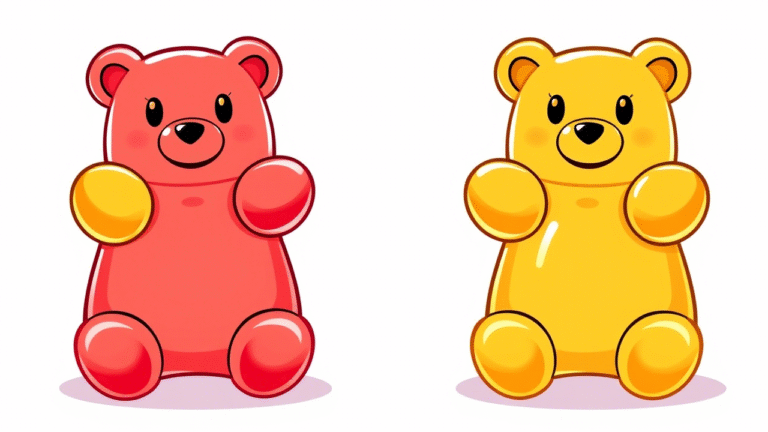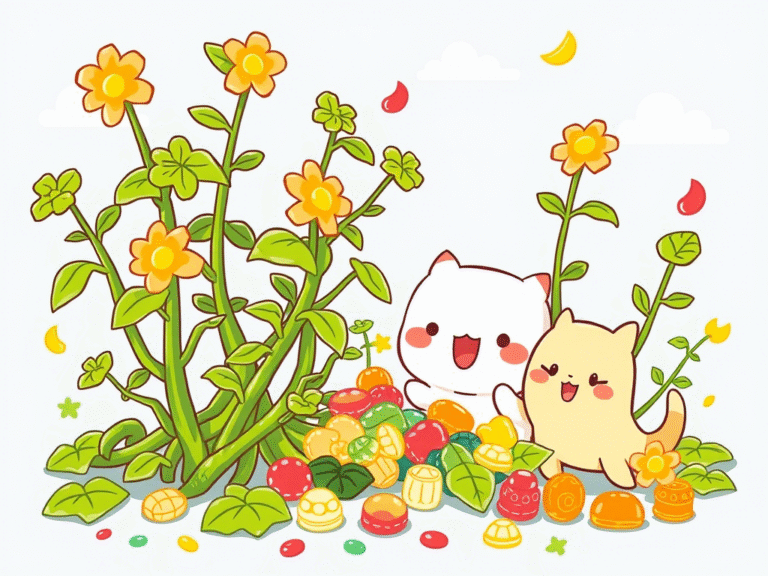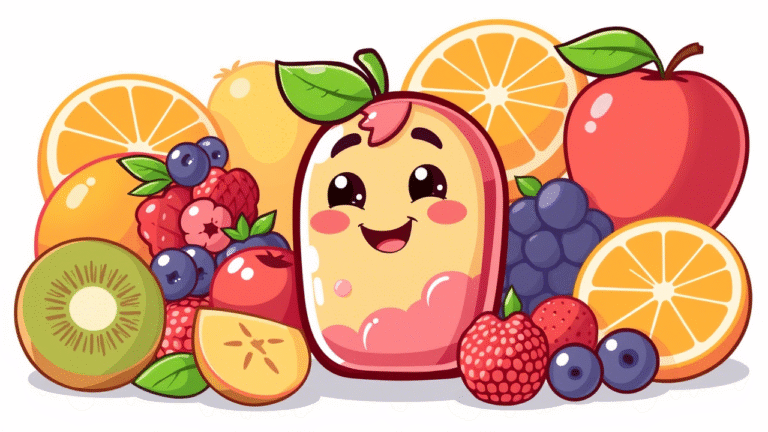Why Do Some Kids’ Gummies Taste Better than others?
Why Some Kids’ Gummies Taste Better Than Others An In-Depth Look at the Sweet Science
What makes some gummies taste better than others? It’s all about the ingredients, texture, and how close they hit the “kid-approved” flavor target. Let’s break down the magic.
The Secret Sauce
Ingredients Matter More Than You Think
Kids’ gummies are more than just sugar and gelatin. And the kind of sweetener,flavoring, and even acid you work with changes everything.
It’s all about sugar and corn syrup,which provide quick sweetness. Artificial sweeteners? Not so much — kids can taste that “fake.” A splash of citric acid provides a tangy bite, cutting through the sweetness.
Ever wonder why some gummies make your lips pucker? That’s The acid at work.
Flavor is king. Berry-flavored gummies were the first choice of 58% of children in a recent study.
Strawberry and watermelon area close second. These are not random picks — they’re flavors kidscount on.
Just think about it: when was the last time you saw a gummy in the shape of a kiwi as it launched from the shelf?
Texture
Gummies that are a workout in your mouth are not welcomed by the little people in my house. The Rubbery gummy seems to release flavor faster and thus tastes “better,” according to a 2007 study.
Firmer gummies? They’re like sinking your teeth into a stale marshmallow —slow to dissolve, not as satisfying.
The perfect gummy sticks to teeth just long enough to leave the taste behind.
Coatings
The sparkly dust on gummies isn’t just for show. Sugar shells smashed against the tongue, a sweetness bomb going off.
Sour coatings (like those on Warheads or SourPatch Kids) combine sugar with acid to deliver a tangy shock.
Fun fact: Souris having a moment. It’s a sensation kids love, the pucker and thrill of a pucker-inducing treat.
Color and Shape
Bright red gummies? Toss them on the grill and they do taste like cherry or strawberry. Green? Apple or lime. Shapes matter too.
Bears, worms and stars aren’t just cute— they fool kids into believing the gummy is “special.” Studies have found that fun shapes do increase the perceived taste, while other research has found that the coating of sugar does make sugary options taste better.
A dinosaur-shaped gummy? Intuitively More delicious than a blob.
The Stats Don’t Lie: Here’s What Kids Want
Taste Trumps All
More than half of kids report that taste is their #1 driver for snacking. Packaging? Brand? Nope—flavor wins every time. If It’s not delicious, it’s getting traded at the lunch table.
Classic Flavors Are Forever
Berry (58 percent), strawberry (53 percent), watermelon (52 percent) — these flavors have reigned for decades.
Even in the era of unicorn and galaxy-themed snacks, children know what they like. Chocolate gummies? They are popular as well, but fruit flavors rule the roost.
Boys and 6-Year-Olds Are Gummy Superfans
There are studies that say boys are more likely to pick gummies than girls.
And 6-year-olds? They’re the gummy sweet-spot, with a proclivity centered on them.
Why? Perhaps it’s the perfect storm of baby teeth, curiosity and a growing sweettooth.
The Science of Sweet
Evolution Wired Them for It
Babies are born loving sweet flavors — it’s a survival mechanism.
Sweetness is a broadcast message for “calories,” which in the prehistoric world meant “safe toeat.”
Gummies exploit this primitive drive. Ever attempted to feed a small child a bitter vegetable? Now you know where so many of the gummies go.
Sugar + Acid = Addiction-Level Appeal
The sugar-citric acid combo fires off a flavor rollercoaster (immediate bliss and a tangy wake-up call). It’s The reason kids (and their parents) go in for another … and another … and another.
The Dark Side
Storage Ruins Everything
Leave gummies in a hot car, and they melt into a gooey puddle. Store them too long and they harden into candy fossils.
Freshness counts — when gummies get stale, they are no fun to eat.
Inconsistent Mixing.
Once bitten into a gummy that’s half tasteless,half excruciatingly sour? That’s poor quality control.
Kids notice inconsistency. One bad gums can tarnish a bag’s entire reputation.
Table: The Gummy Taste Factor Breakdown
| Factor | Impact on Taste/Preference | Supporting Data |
| Flavor | Classic fruit flavors dominate | 58% prefer berry, 53% strawberry |
| Sweeteners | More sugar = higher preference | Kids consistently choose sweeter options |
| Texture | Soft/chewy = faster flavor release | Chewy gummies preferred over firm |
| Coating | Sugar = instant sweetness, sour = tangy punch | Sour coatings drive repeat purchases |
| Color/Shape | Bright, fun shapes boost appeal | Red = expected berry/cherry flavor |
| Consistency | Even flavor distribution = better experience | Inconsistent mixing leads to bland bites |
| Storage/Freshness | Fresh gummies taste better, old ones = sticky | Spoiled gummies lose 30% flavor potency |
| Gender/Age | Boys and 6-year-olds choose gummies more often | Boys OR = 1.41; 6-year-olds OR = 1.24 |
Final Thoughts
Gummies for children are a master class in sensory manipulation — sugar, acid and nostalgia in chewable form. The best ones? They’re not just candy. They’re little chewy bombs of happiness.

I’m Kai, a fitness fiend and wellness geek from Vancouver. I love helping people find small, sustainable ways to feel better every day. From workouts, to good mental health, to smoothie recipes, I keep it real. Perfection is not my thing — progress is. When I’m not at the gym, I’m likely to be hiking or sampling a new meditation app

